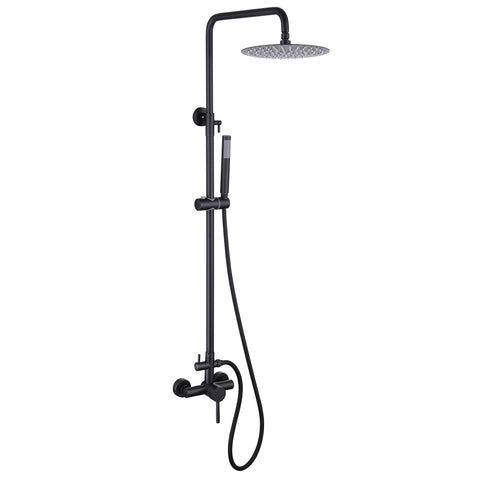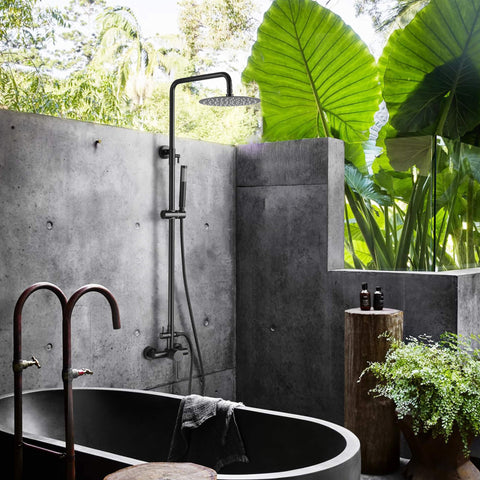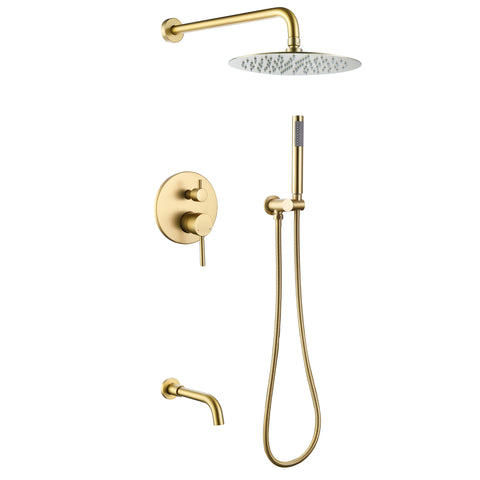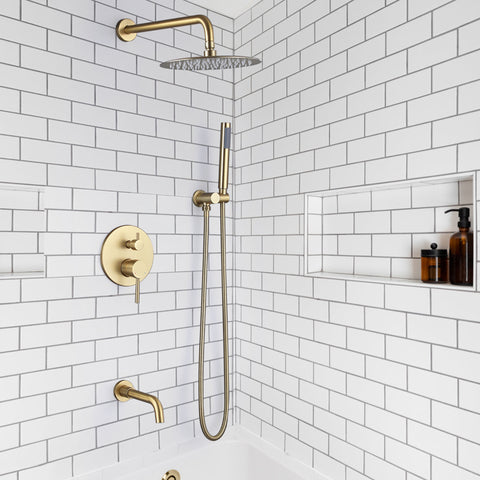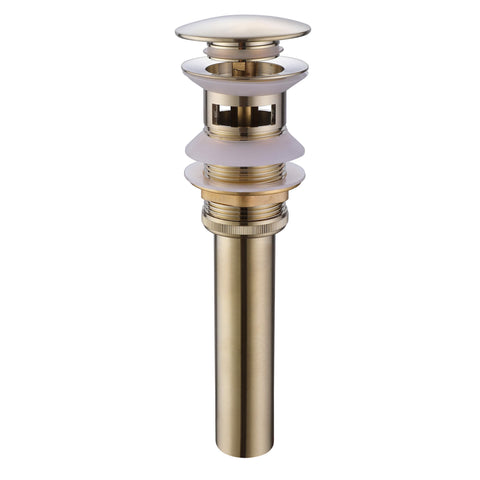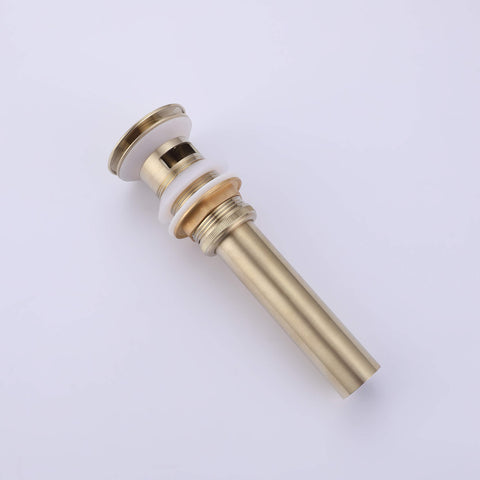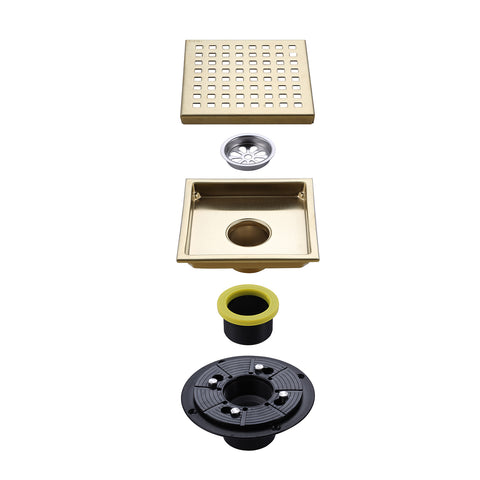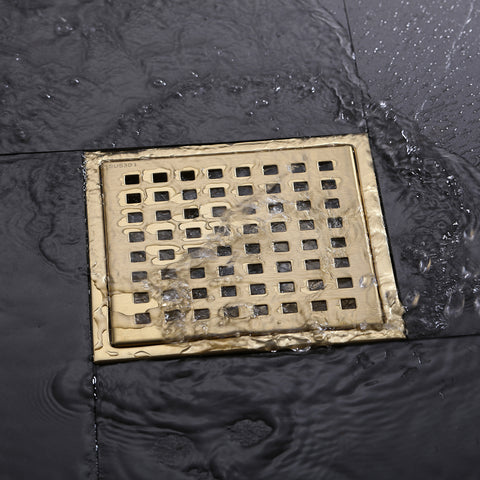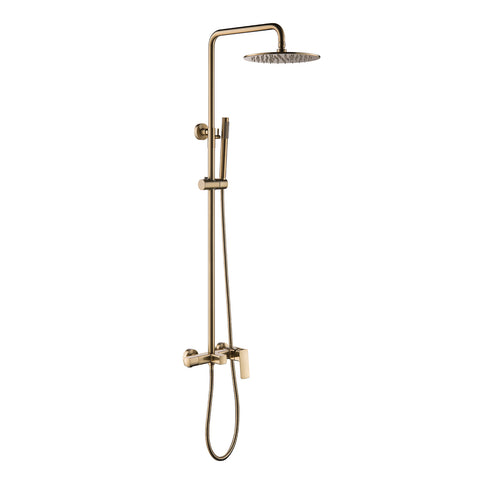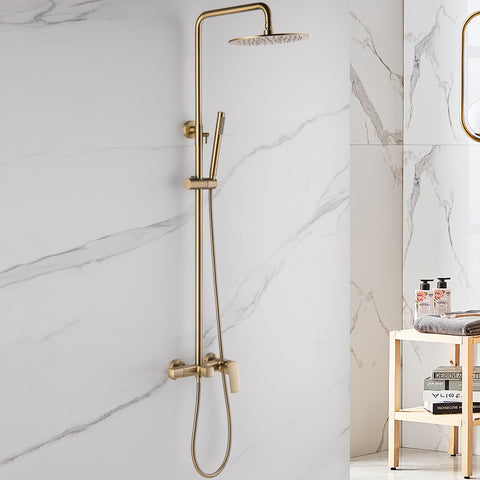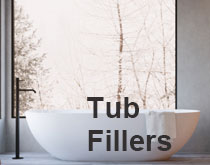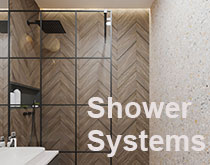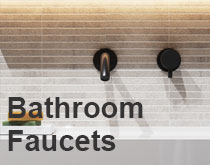The Ultimate Guide to Choosing a Dual Shower Head System (2025)
Looking to level up your daily routine without a full remodel? A dual shower head system—pairing a soothing rain or wall-mounted head with a flexible handheld sprayer—delivers spa comfort and everyday practicality in one sleek package. This guide explains what it is, who it’s best for, and how to pick the right setup for your bathroom, pressure, and budget.
What Is a Dual Shower Head System?
A dual shower head system combines two water outlets under one control: a primary rain or wall head for immersive coverage and a handheld wand for targeted rinsing, cleaning, and accessibility. The magic is in the diverter and valve—letting you run each outlet alone or both together (when local code and pressure allow).
- Primary head: 6–12″ rain or directional wall head for wide, relaxing coverage.
- Handheld sprayer: 59–79″ hose for hair days, kid/pet baths, and cleaning the enclosure.
- Diverter control: 2-function (either/or) or 3-function (head, handheld, or both).
- Valve options: Pressure-balance (budget, steady) or thermostatic (premium, precise temps and better for dual-outlet use).
Why Choose a Dual Shower Head System
Dual systems marry comfort with utility. You get a luxurious, full-coverage spray from the rain/wall head and precision from the handheld—ideal for multi-user homes, renters upgrading trim, and remodels seeking hotel-suite vibes without moving walls.
Retrofit vs In-Wall Systems
| Approach | What It Does | Best For |
|---|---|---|
| Retrofit (arm-mounted diverter) | Adds handheld to existing shower arm with minimal tools | Renters, quick upgrades, tight budgets |
| Slide-bar kit (surface-mount) | Height-adjustable handheld + storage; cleaner look | Shared bathrooms, accessibility needs |
| In-wall diverter + new trim | Runs head, handheld, or both; integrated aesthetic | Remodels, higher pressure homes, premium finishes |
| Thermostatic valve system | Precise temperature + stable flow for simultaneous use | Spa feel, frequent dual-outlet operation |
Pros & Cons of Dual Systems
Advantages
- Comfort + control: wide coverage and targeted rinsing in one.
- Practicality: easier cleaning, pet/kid baths, and hair-care routines.
- Resale appeal: luxury feel without a full gut renovation.
Considerations
- Running both outlets increases total flow—confirm heater capacity and local code.
- Very large rain heads (10–12″) prefer stronger pressure (≈50–60 PSI).
- Mixing trim and rough-in from different brands can cause fit/warranty issues.
How to Choose the Right Dual Shower Head System
Match the setup to your water pressure, layout, and routine:
- Low–moderate pressure (<45 PSI)? Choose a 6–8″ head with focused nozzles; keep hose ≤69″; prefer either/or diverter.
- Good pressure (45–60 PSI)? Step up to 8–10″ rain head; a 3-function diverter lets you run both when desired.
- Precision temperature a must? Go thermostatic for exact settings and better stability with two outlets.
- Hard water? Look for rub-clean silicone nozzles and spot-resistant PVD finishes (brushed nickel, brushed gold).
- Accessibility or multi-user heights? Add a sturdy metal slide bar for quick handheld adjustment.
Installation Tips
- Verify valve compatibility. If reusing a rough-in, match brand/series to avoid cartridge and trim mismatch.
- Pick the right diverter. 2-function for either/or; 3-function for head, handheld, or both.
- Mount smart. Use studs or proper anchors for slide bars; position handheld within seated reach.
- Mind code & capacity. Confirm total GPM, water-heater output, and local flow limits before opening walls.
- Flush lines before final install. Debris can clog checks, restrictors, and spray plates.
Final Thoughts
A well-chosen dual shower head system brings spa-level comfort and real-world utility to any bath. Prioritize a compatible valve, the right diverter, and components sized for your pressure. You’ll get a steadier, more versatile shower—every single day.
